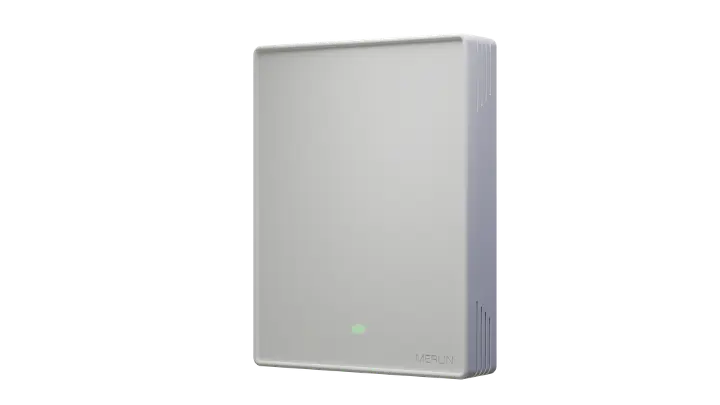Variable Refrigerant Flow (VRF) systems have emerged as a popular choice for heating, ventilation, and air conditioning (HVAC) solutions in commercial and residential buildings. With their ability to provide zoned comfort control and energy efficiency, VRF systems offer numerous benefits. In this blog, we'll explore the common locations where VRF systems are installed and their respective purposes, shedding light on their functional significance in various settings.

- Commercial Buildings:
Commercial buildings, including offices, retail spaces, and hotels, often utilize VRF systems due to their flexibility and energy-saving capabilities. In such settings, VRF systems are typically installed to provide individualized temperature control in different zones or rooms. For example, in office buildings, VRF systems allow occupants to adjust the temperature according to their preferences, enhancing comfort and productivity. Moreover, the modular design of VRF systems makes them suitable for spaces with varying heating and cooling loads, ensuring efficient operation across different areas of the building.
- Residential Properties:
In residential properties such as apartments, condominiums, and single-family homes, VRF systems offer personalized comfort control and energy efficiency. These systems are commonly installed to provide heating and cooling in individual living spaces or units. For instance, in multi-family dwellings, each unit can have its own VRF indoor unit, allowing occupants to set temperature preferences independently. Additionally, VRF systems enable precise temperature regulation, minimizing energy waste and reducing utility costs for homeowners.
- Healthcare Facilities:
Healthcare facilities, including hospitals, clinics, and laboratories, rely on VRF systems to maintain optimal indoor conditions for patient comfort and safety. VRF systems are often installed in patient rooms, operating theaters, and critical care areas to provide precise temperature and humidity control. This ensures a comfortable environment for patients and helps prevent the spread of airborne contaminants. Moreover, VRF systems support the stringent requirements of healthcare environments by offering quiet operation, high energy efficiency, and seamless integration with building automation systems.
- Educational Institutions:
Educational institutions such as schools, colleges, and universities benefit from the versatility of VRF systems in meeting the diverse heating and cooling needs of classrooms, lecture halls, and administrative areas. By installing VRF systems, educational facilities can create comfortable learning environments conducive to student engagement and academic success. Additionally, VRF systems contribute to energy conservation initiatives by providing zoned heating and cooling, thereby reducing overall energy consumption and operational costs.
- Hospitality Sector: Hotels, resorts, and hospitality venues leverage VRF systems to deliver superior guest experiences while optimizing energy usage. VRF systems are strategically installed in guest rooms, lobbies, restaurants, and recreational areas to maintain ideal temperature levels and indoor air quality. By offering individualized comfort control, VRF systems enhance guest satisfaction and loyalty. Furthermore, VRF systems enable hotel operators to achieve significant energy savings through precise temperature management and efficient operation.
To ensure the safety and performance of VRF systems, AGS Controls offers advanced VRF refrigerant gas detectors. These detectors are designed to detect refrigerant leaks in VRF systems, helping prevent potential hazards and system malfunctions. With features such as quick emergency shutdown capabilities and reliable leak detection technology, AGS Controls VRF refrigerant gas detectors provide peace of mind for building owners, facility managers, and occupants. 
In conclusion, VRF systems are versatile HVAC solutions widely used in various applications, including commercial buildings, residential properties, healthcare facilities, educational institutions, and the hospitality sector. By understanding the common locations for VRF system installation and their functional significance, stakeholders can make informed decisions to enhance comfort, energy efficiency, and safety in their respective environments. Additionally, AGS Controls VRF refrigerant gas detectors play a crucial role in ensuring the reliable and safe operation of VRF systems, further reinforcing their value in modern building management.

